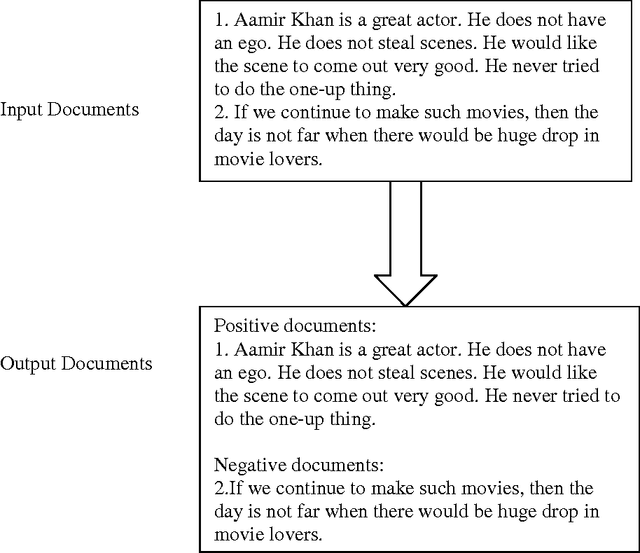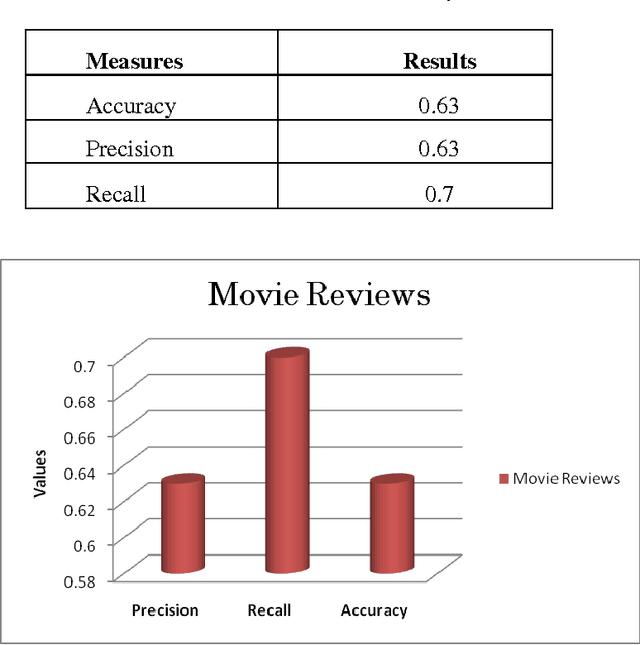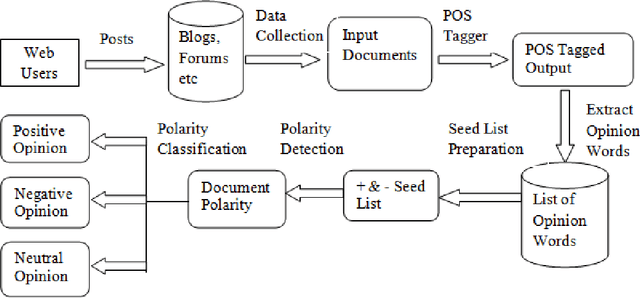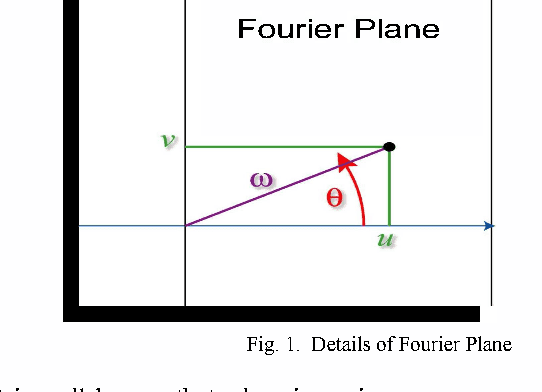Richa Sharma
Design And Flight Testing Of LQRi Attitude Control For Quadcopter UAV
Apr 18, 2024



Abstract:This paper presents the design, implementation, and flight test results of linear quadratic integral regulator (LQRi) based attitude control for a quadcopter UAV. We present the derivation of the mathematical model for the kinematics and dynamics of the UAV, along with the linearized state space representation of the system about hover conditions. LQR and LQRi controllers are then designed to stabilize the UAV in hover conditions and to track desired attitude commands. The controllers are then implemented onboard the Pixhawk flight controller and flight test results are discussed. Finally, the code related to this paper has been published open-source for replication and further research
Naturalization of Text by the Insertion of Pauses and Filler Words
Nov 07, 2020



Abstract:In this article, we introduce a set of methods to naturalize text based on natural human speech. Voice-based interactions provide a natural way of interfacing with electronic systems and are seeing a widespread adaptation of late. These computerized voices can be naturalized to some degree by inserting pauses and filler words at appropriate positions. The first proposed text transformation method uses the frequency of bigrams in the training data to make appropriate insertions in the input sentence. It uses a probability distribution to choose the insertions from a set of all possible insertions. This method is fast and can be included before a Text-To-Speech module. The second method uses a Recurrent Neural Network to predict the next word to be inserted. It confirms the insertions given by the bigram method. Additionally, the degree of naturalization can be controlled in both these methods. On the conduction of a blind survey, we conclude that the output of these text transformation methods is comparable to natural speech.
Testing the limits of unsupervised learning for semantic similarity
Oct 23, 2017



Abstract:Semantic Similarity between two sentences can be defined as a way to determine how related or unrelated two sentences are. The task of Semantic Similarity in terms of distributed representations can be thought to be generating sentence embeddings (dense vectors) which take both context and meaning of sentence in account. Such embeddings can be produced by multiple methods, in this paper we try to evaluate LSTM auto encoders for generating these embeddings. Unsupervised algorithms (auto encoders to be specific) just try to recreate their inputs, but they can be forced to learn order (and some inherent meaning to some extent) by creating proper bottlenecks. We try to evaluate how properly can algorithms trained just on plain English Sentences learn to figure out Semantic Similarity, without giving them any sense of what meaning of a sentence is.
Polarity detection movie reviews in hindi language
Sep 13, 2014



Abstract:Nowadays peoples are actively involved in giving comments and reviews on social networking websites and other websites like shopping websites, news websites etc. large number of people everyday share their opinion on the web, results is a large number of user data is collected .users also find it trivial task to read all the reviews and then reached into the decision. It would be better if these reviews are classified into some category so that the user finds it easier to read. Opinion Mining or Sentiment Analysis is a natural language processing task that mines information from various text forms such as reviews, news, and blogs and classify them on the basis of their polarity as positive, negative or neutral. But, from the last few years, user content in Hindi language is also increasing at a rapid rate on the Web. So it is very important to perform opinion mining in Hindi language as well. In this paper a Hindi language opinion mining system is proposed. The system classifies the reviews as positive, negative and neutral for Hindi language. Negation is also handled in the proposed system. Experimental results using reviews of movies show the effectiveness of the system
Opinion mining of movie reviews at document level
Aug 17, 2014



Abstract:The whole world is changed rapidly and using the current technologies Internet becomes an essential need for everyone. Web is used in every field. Most of the people use web for a common purpose like online shopping, chatting etc. During an online shopping large number of reviews/opinions are given by the users that reflect whether the product is good or bad. These reviews need to be explored, analyse and organized for better decision making. Opinion Mining is a natural language processing task that deals with finding orientation of opinion in a piece of text with respect to a topic. In this paper a document based opinion mining system is proposed that classify the documents as positive, negative and neutral. Negation is also handled in the proposed system. Experimental results using reviews of movies show the effectiveness of the system.
Merging and Shifting of Images with Prominence Coefficient for Predictive Analysis using Combined Image
Jul 30, 2014



Abstract:Shifting of objects in an image and merging many images after appropriate shifting is being used in several engineering and scientific applications which require complex perception development. A method has been presented here which could be used in precision engineering and biological applications where more precise prediction is required of a combined phenomenon with varying prominence of each phenomenon. Accurate merging of intended pixels can be achieved in high quality using frequency domain techniques even though initial properties of the original pixels are lost in this process. This paper introduces a technique to shift and merge various images with varying prominence of each image. A coefficient named prominence coefficient has been introduced which is capable of making some of the images transparent and highlighting the rest as per requirement of merging process which can be used as a simple but effective technique for overlapped view of a set of images.
Accurate merging of images for predictive analysis using combined image
Jul 30, 2014
Abstract:Several Scientific and engineering applications require merging of sampled images for complex perception development. In most cases, for such requirements, images are merged at intensity level. Even though it gives fairly good perception of combined scenario of objects and scenes, it is found that they are not sufficient enough to analyze certain engineering cases. The main problem is incoherent modulation of intensity arising out of phase properties being lost. In order to compensate these losses, combined phase and amplitude merge is demanded. We present here a method which could be used in precision engineering and biological applications where more precise prediction is required of a combined phenomenon. When pixels are added, its original property is lost but accurate merging of intended pixels can be achieved in high quality using frequency domain properties of an image. This paper introduces a technique to merge various images which can be used as a simple but effective technique for overlapped view of a set of images and producing reduced dataset for review purposes.
Mining of product reviews at aspect level
Jun 14, 2014



Abstract:Todays world is a world of Internet, almost all work can be done with the help of it, from simple mobile phone recharge to biggest business deals can be done with the help of this technology. People spent their most of the times on surfing on the Web it becomes a new source of entertainment, education, communication, shopping etc. Users not only use these websites but also give their feedback and suggestions that will be useful for other users. In this way a large amount of reviews of users are collected on the Web that needs to be explored, analyse and organized for better decision making. Opinion Mining or Sentiment Analysis is a Natural Language Processing and Information Extraction task that identifies the users views or opinions explained in the form of positive, negative or neutral comments and quotes underlying the text. Aspect based opinion mining is one of the level of Opinion mining that determines the aspect of the given reviews and classify the review for each feature. In this paper an aspect based opinion mining system is proposed to classify the reviews as positive, negative and neutral for each feature. Negation is also handled in the proposed system. Experimental results using reviews of products show the effectiveness of the system.
Opinion Mining In Hindi Language: A Survey
Apr 19, 2014Abstract:Opinions are very important in the life of human beings. These Opinions helped the humans to carry out the decisions. As the impact of the Web is increasing day by day, Web documents can be seen as a new source of opinion for human beings. Web contains a huge amount of information generated by the users through blogs, forum entries, and social networking websites and so on To analyze this large amount of information it is required to develop a method that automatically classifies the information available on the Web. This domain is called Sentiment Analysis and Opinion Mining. Opinion Mining or Sentiment Analysis is a natural language processing task that mine information from various text forms such as reviews, news, and blogs and classify them on the basis of their polarity as positive, negative or neutral. But, from the last few years, enormous increase has been seen in Hindi language on the Web. Research in opinion mining mostly carried out in English language but it is very important to perform the opinion mining in Hindi language also as large amount of information in Hindi is also available on the Web. This paper gives an overview of the work that has been done Hindi language.
 Add to Chrome
Add to Chrome Add to Firefox
Add to Firefox Add to Edge
Add to Edge